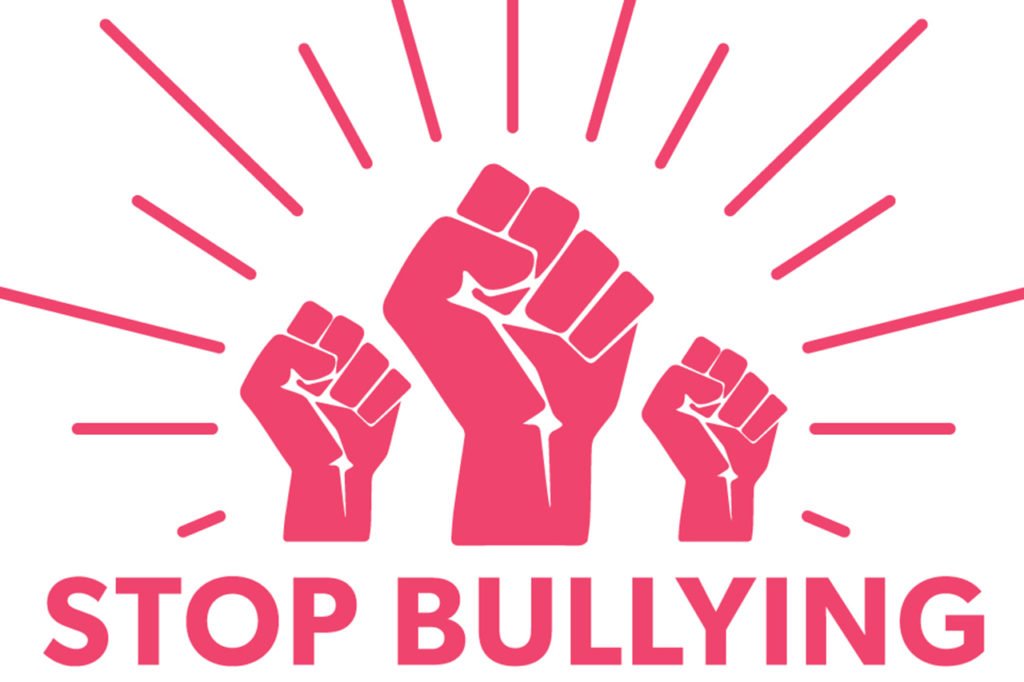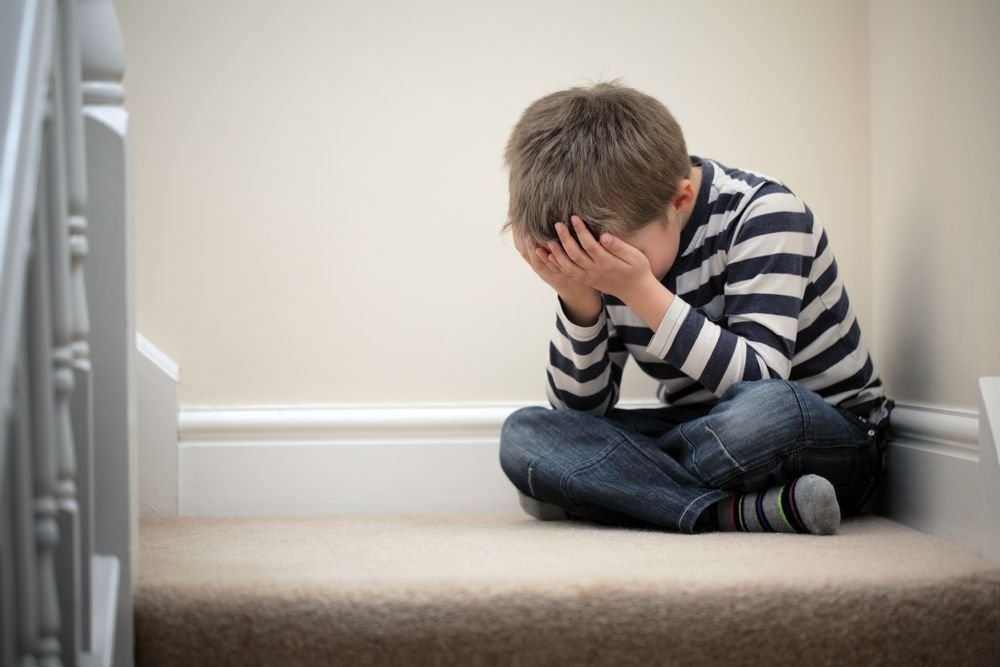
Anti-Bullying Day is an annual event, held in Canada and other parts of the world, where people wear a pink-colored shirt to stand against bullying, and create awareness against it.
Bullying is a harsh reality that unfortunately prevails in schools, workplaces, and even in close relationships. The recent heart-wrenching private school incident in Pakistan is a testament to the existence of this phenomenon that risks our children’s mental well-being and physical well-being which can have lifelong consequences. This was just one incident that came to our notice, while many such cases go unreported daily.
What Is Bullying?
Bullying is a form of aggressive behavior in which someone intentionally and repeatedly causes another person injury or discomfort. Bullying can take the form of physical contact, words, or more subtle actions. The bullied individual typically has trouble defending him or herself and does nothing to “cause” the bullying.

Types Of Bullying
Many different types of bullying can be experienced by children and adults alike, some are obvious to spot while others can be more subtle. The different types of bullying that we look at below are some ways that bullying could happen.
Physical bullying
Physical bullying includes hitting, kicking, tripping, pinching, and pushing or damaging property. Physical bullying causes both short-term and long-term damage.
Verbal bullying
Verbal bullying includes name-calling, insults, teasing, intimidation, homophobic or racist remarks, or verbal abuse. While verbal bullying can start harmless, it can escalate to levels that start affecting the individual target.
Social bullying
Social bullying, sometimes referred to as covert bullying, is often harder to recognize and can be carried out behind the bullied person’s back. It is designed to harm someone’s social reputation and/or cause humiliation.
Social bullying can include:
- lying and spreading rumors
- negative facial or physical gestures, menacing or contemptuous looks
- playing nasty jokes to embarrass and humiliate
- mimicking unkindly
- encouraging others to socially exclude someone
- damaging someone’s social reputation or social acceptance.
Cyberbullying
The Cyber Bullying Research Centre defines cyberbullying as Intentional and repeated harm inflicted through the use of computers, phones, and other electronic devices.
Cyberbullying can be overt or covert bullying behaviors using digital technologies including hardware such as computers and smartphones, and software such as social media, instant messaging, texts, websites, and other online platforms.
Cyberbullying can happen at any time. It can be in public or in private and sometimes only known to the target and the person bullying.
Cyberbullying can include:
- abusive or hurtful texts, emails or posts, images or videos
- deliberately excluding others online
- nasty gossip or rumors
- imitating others online or using their log-in.

No one should have to put up with bullying. It can make people feel unsafe at school, and miserable when they get home. Look for changes in the child. However, be aware that not all children who have been bullied exhibit warning signs. The following will equip you with the skills to spot different signs of bullying and some of the symptoms that could come from this.
- Changes in eating patterns
- Frequent tears or anger
- Mood swings
- Feels ill in the morning
- Becomes withdrawn or starts stammering
- Becomes aggressive and unreasonable
- Refuses to talk about what is wrong
- Begins to target siblings
- Continually ‘loses’ money or starts stealing.
Physical signs of bullying
- Has unexplained bruises, cuts, scratches
- Comes home with missing or damaged belongings or clothes
- Comes home hungry.
School signs of bullying
- Doesn’t want to go to school
- Changes their route to school or are frightened of walking to school
- Doesn’t want to go to school on the bus/tram/train
- School grades begin to fall.

Other signs of bullying
Sometimes signs bullying can be far more hidden. They can include:
- Often alone or excluded from friendship groups at school
- A frequent target for teasing, mimicking, or ridicule at school
- Unable to speak up in class and appears insecure or frightened.
There are many warning signs that may indicate that someone is affected by bullying—either being bullied or bullying others. Recognizing the warning signs is an important first step in taking action against bullying. Not all children who are bullied or are bullying others ask for help.
It is important to talk with children who show signs of being bullied or bullying others. These warning signs can also point to other issues or problems, such as depression or substance abuse. Talking to the child can help identify the root of the problem.
Tips To Help A Bullied Child
Maintaining good communication with your child and keeping up with what’s going on in their life are key factors in spotting any signs of potential problems at school, including bullying. If you find out your child is being targeted by kids who bully others, try to gather the facts surrounding the situation.
If your child does confide in you, do not minimize, rationalize or explain away the experience. Assure your kids that they did not cause the bullying. Instead, give them some ideas for overcoming bullying.
If the symptoms they are displaying persist, it is important to talk to your child’s pediatrician or a mental health professional. Even if bullying is not at the root, these issues are warning signs that something is wrong and needs to be addressed.



